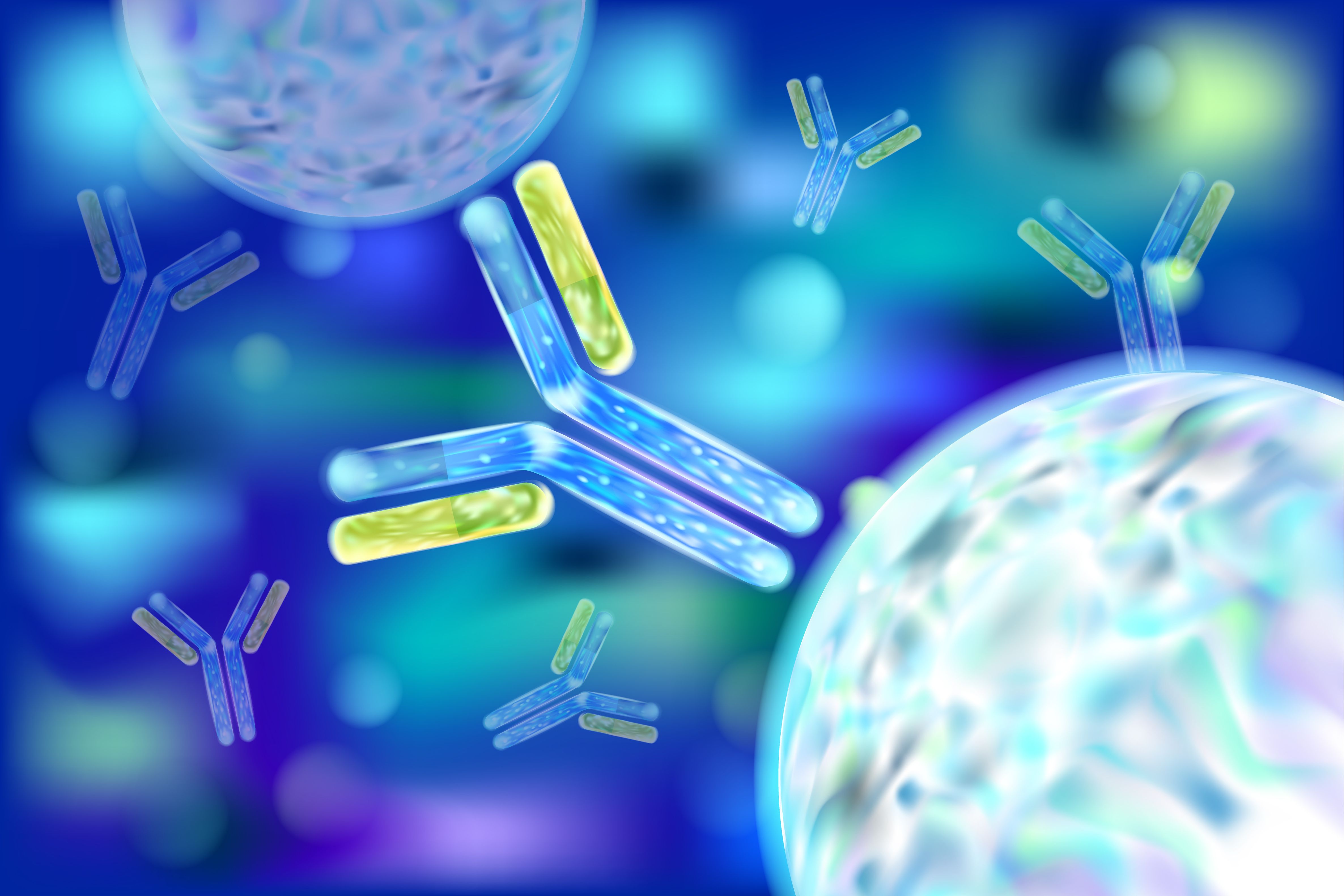News
Article
Upcoming Trial to Investigate Belantamab Mafodotin in Patients With Relapsed, Refractory Multiple Myeloma
Author(s):
Belantamab mafodotin is a B-cell maturation antigen-targeting antibody-drug conjugate being investigated in the treatment of multiple myeloma.
The upcoming phase 3 DREAMM-8 study will investigate the efficacy and safety of belantamab mafodotin with pomalidomide and dexamethasone in heavily pre-treated patients with relapsed refractory multiple myeloma (RRMM), according to a session at the American Society of Hematology 62nd Annual Meeting and Exposition.1
Belantamab mafodotin is a B-cell maturation antigen (BCMA)-targeting antibody-drug conjugate. In the phase 2 DREAMM-2 study, single-agent belantamab mafodotin demonstrated deep and durable responses and a manageable safety profile in heavily pretreated patients with RRMM. Responses were sustained at 13 months of follow-up.1
According to a poster presentation, preclinical data suggest synergistic antimyeloma activity of belantamab mafodotin in combination with pomalidomide and dexamethasone (Pd). The phase 3, 2-arm, randomized, open-label, multicenter study will investigate this combination in patients with measurable RRMM who have received 1 or more prior lines of therapy, including lenalidomide, with documented disease progression during or after their most recent line of treatment.1
Approximately 450 patients will be randomized to either arm A or arm B, and no more than 50% of participants with 2 or more prior lines of treatment will be enrolled. Patients in arm A will receive belantamab mafodotin 2.5 mg/kg on day 1 in cycle 1, followed by belantamab mafodotin 1.9 mg/kg on day 1 in cycle 2 onwards. Pomalidomide 4 mg will be administered on days 1 through 21 and dexamethasone 40 mg on days 1, 8, 15, and 22 in all cycles.1
In arm B, patients will receive pomalidomide 4 mg on days 1 through 14 in all cycles, bortezomid 1.3 mg/m2 on days 1, 4, 8, and 11 in cycles 1 through 8, and days 1 and 8 in cycle 9 and onwards.1 Dexamethasone 20 mg will be administered on the day of and the day after bortezomib. In both arms, the dose level of dexamethasone will be reduced by half in patients aged 75 years and older, and treatment will continue until progressive disease, unacceptable toxicity, withdrawal of consent, initiation of another anticancer therapy, or end of study or death.1
The presenters said the primary endpoint is progression-free survival, and minimal residual disease negativity is a key secondary endpoint. Other secondary endpoints include overall response rate, time to response, time to progression, overall survival, safety, health-related quality of life, and pharmacokinetic and pharmacodynamic parameters.1 The trial is currently recruiting.2
REFERENCE
- DREAMM-8: A Phase III Study of the Efficacy and Safety of Belantamab Mafodotin with Pomalidomide and Dexamethasone (B-Pd) Vs Pomalidomide Plus Bortezomib and Dexamethasone (PVd) in Patients with Relapsed/Refractory Multiple Myeloma (RRMM). Poster presented at ASH Virtual Conference. December 6, 2020.
- US National Library of Medicine. Belantamab Mafodotin Plus Pomalidomide and Dexamethasone (Pd) Versus Bortezomib Plus Pd in Relapsed/Refractory Multiple Myeloma (DREAMM 8); Updated October 22, 2020. https://clinicaltrials.gov/ct2/show/NCT04484623. Accessed December 8, 2020.






